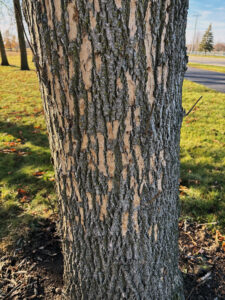
Woodpecker flecking on the bark of a dying ash tree is visible at Winnebago County Community Park in Oshkosh. Flecking occurs when the birds peck away at the trees to feed on emerald ash borer larvae beneath the bark. / Photo Credit: Wisconsin DNR
By Bill McNee, DNR Forest Health Specialist
Bill.McNee@wisconsin.gov
The Wisconsin Department of Natural Resources (DNR) encourages property owners to watch for woodpecker damage to their ash trees this winter.
Woodpecker damage, often called “flecking,” happens when birds peck away some of a tree’s bark to access the larvae underneath. Flecking is a common early sign that an ash tree might be infested with emerald ash borer (EAB), an invasive insect. EAB is the most damaging threat to Wisconsin trees, killing more than 99% of the untreated ash trees it infests.


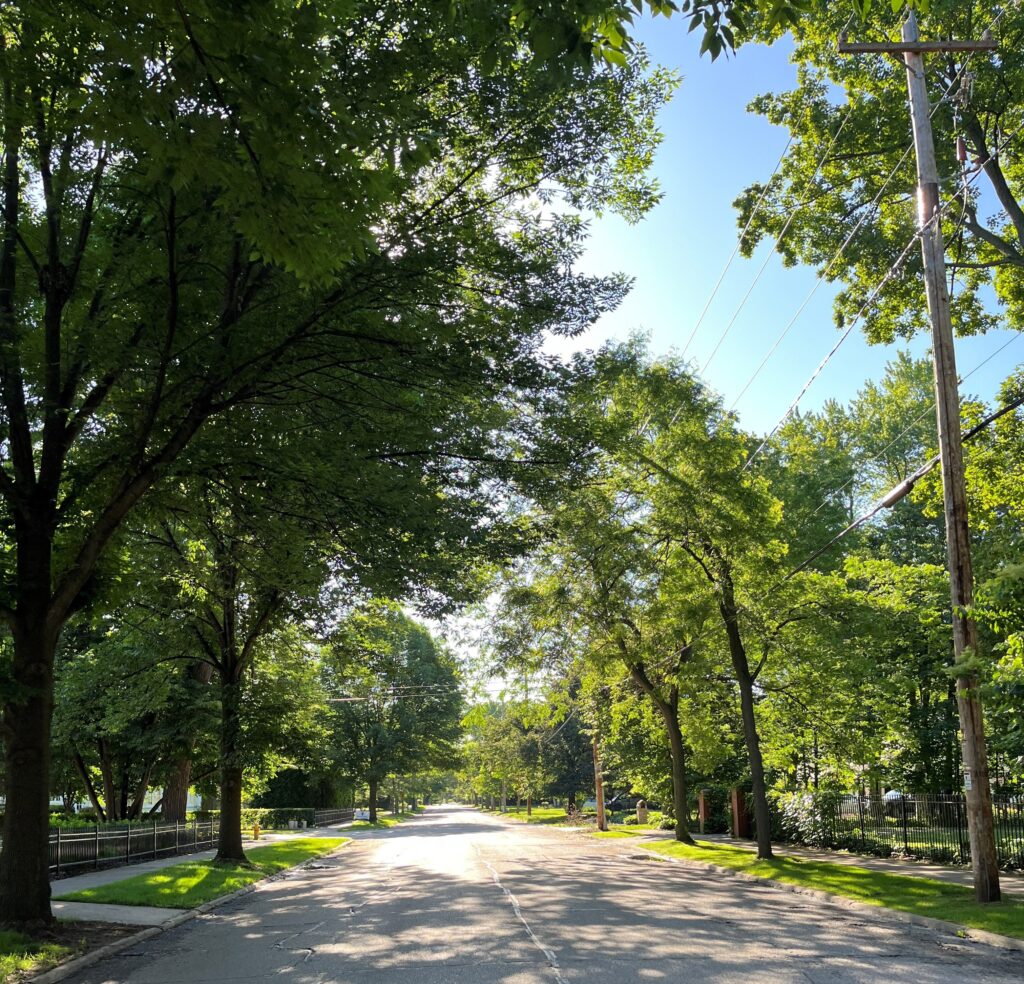 The 2026 Urban Forestry Grant application deadline was Oct. 1, 2025, and the Wisconsin Department of Natural Resources (DNR) received 71 applications, equaling over $1.1 million in funding requests. A total of $559,680 is available in grant funding for 2026.
The 2026 Urban Forestry Grant application deadline was Oct. 1, 2025, and the Wisconsin Department of Natural Resources (DNR) received 71 applications, equaling over $1.1 million in funding requests. A total of $559,680 is available in grant funding for 2026. The Wisconsin Department of Natural Resources (DNR) is offering free tree seedlings to every fourth-grade student in Wisconsin as part of its annual
The Wisconsin Department of Natural Resources (DNR) is offering free tree seedlings to every fourth-grade student in Wisconsin as part of its annual 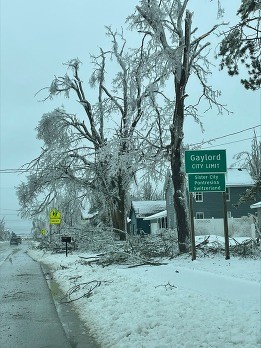
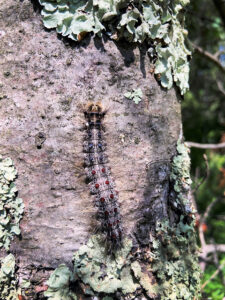
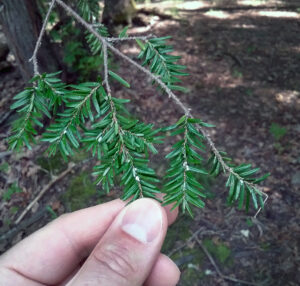
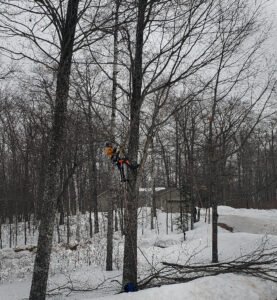
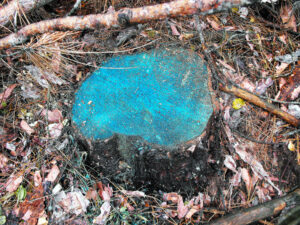
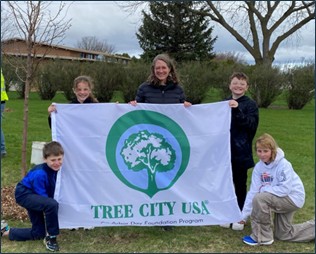 The online portal for Tree City USA (TCUSA) is
The online portal for Tree City USA (TCUSA) is